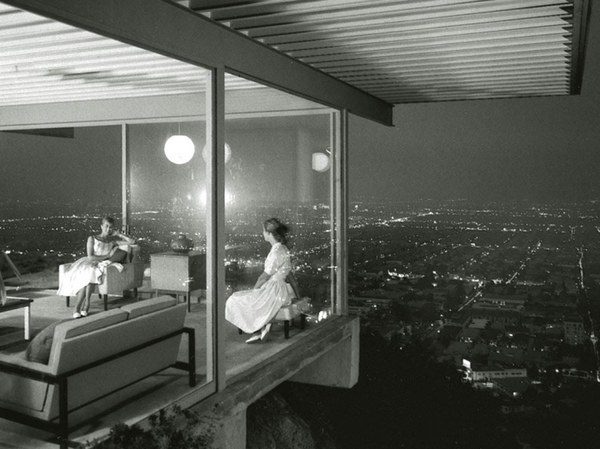To look is to design
Professor
Cristina Gastón Guirao
Classroom
A-44
Timetable
Friday 08:30 - 11:30
Introduction
This course explores the value of visual perception in the development of the architectural project: its incidence at all scales of work from the constructive detail to the urban form. With the help of photography, the student learns to situate himself in space, to see relationships rather than isolated objects, to feel boundaries, to explore visual fields and to foresee the sensitive experience that the projected building will offer its user or observer. The photographic image plays a decisive role in the way society in general and architects in particular see and know the world: its landscapes, its cities and its buildings. We never see one thing alone and we always do so with respect to others and ourselves. Looking establishes our place in relation to the world that surrounds us It is a primary resource in the recognition of space and the built environment and, therefore, it is for the architectural project: from the first inspection of the place in which we are to intervene. It is also playing an increasingly important role in the media and in relation to verbal discourse. Digital technology and the internet have made the creation and dissemination of the image more immediate, accessible and prolific than ever before. All this accelerates the dynamics between the two disciplines. The course reviews the interactions of the photographic fact in relation to the architectural project as an instrument for learning to look and as a resource for the creative imagination. Classes are complemented by workshops in photographic studios, visits to relevant archives of the city and exhibitions that coincide with the school period.

Share: